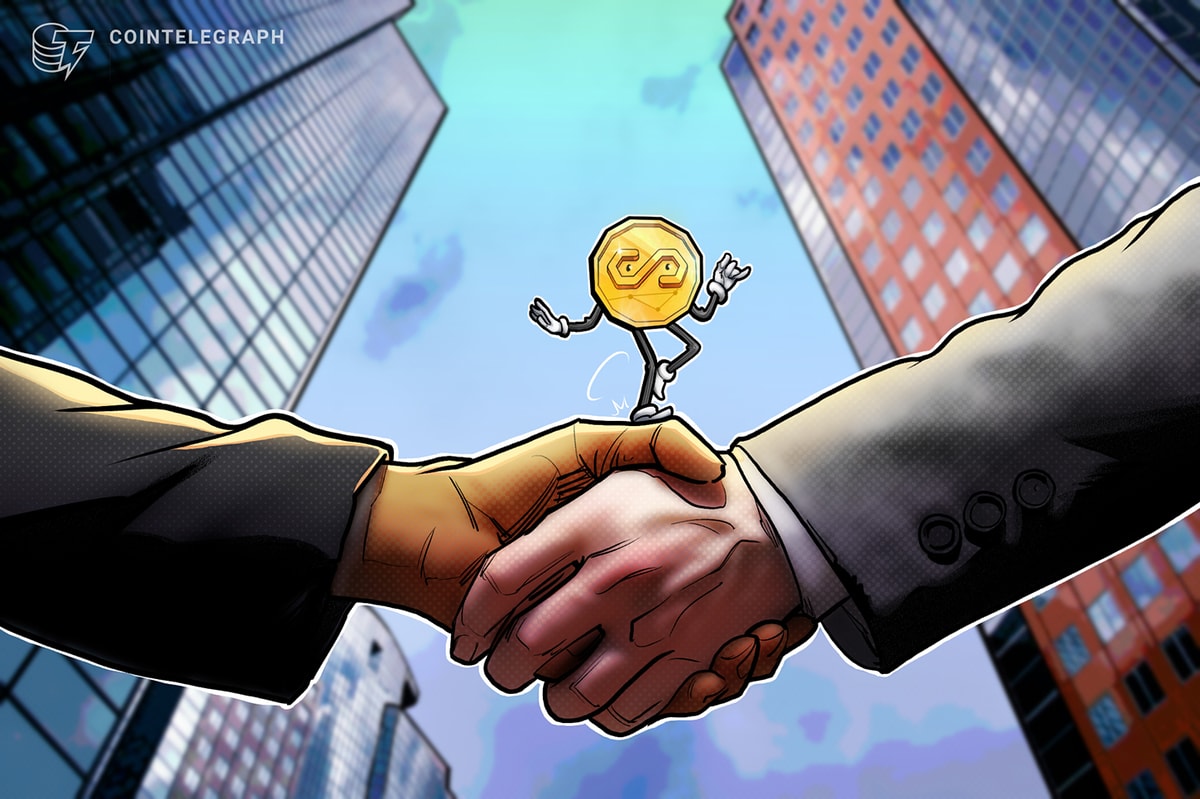In one of the more striking early scenes from P.T. Anderson’s 2007 film, There Will Be Blood, there is a gas explosion that destroys the drilling rig set up by oil tycoon Daniel Plainview. Noticing one of his employees observing the situation dejectedly, Plainview rebukes the man, saying: “What are you looking so miserable about? There’s a whole ocean of oil under our feet. No one can get at it except for me!”
Access to and possession of that oil would catapult Plainview, like it did many of his real-world counterparts, to the highest stratosphere of wealth. These days, rather than turning paupers into princes, oil more often serves as a means of transforming princes into the owners of the world’s biggest sports teams. But one can be forgiven for seeing parallels in the mania of that time and today’s focus on what is currently one of the most dynamic aspects of global finance, namely the race to reach the unbanked.
An economic force unrealized
While western countries are rife with banking services that cater to all demographics, in emerging markets the situation is quite the opposite. Southeast Asian economies number among the world’s strongest and yet banking penetration levels in these countries are shockingly low.
A recent report from Bain and Company estimated that around 70 percent of the adult population of Southeast Asia is either unbanked or underbanked. This is a whopping figure, especially considering that the six leading countries of Southeast Asia combine to have a population of around 570 million people and a collective GDP projected to reach $4.7 trillion in the coming years. Reaching these people with adequate services represents an ocean of opportunity, which has triggered a race of sorts to do so.
Ending the reign of cash
Cash is still king in these countries, but how long can the dam hold? In the Southeast Asia region, 50% of people are unbanked, meaning they do not have access to even the most basic banking services, like a savings account. Without a bank account, individuals are unable to receive any banking services including lines of credit.
This is particularly problematic for medium and small-sized businesses, which constitute the majority of businesses in Southeast Asia. The above-mentioned report notes that millions of these kinds of businesses struggle to overcome substantial funding gaps due to the limited options available to them.
Integrating the Southeast Asian demographic into the fabric of global finance has become something of a white whale for today’s leading financial players as well as its would-be Daniel Plainviews. There is a demand that if met would lead to rapid economic development in these countries, the only question is how to do it.
The Bain and Company report deals specifically with the suitability of digital finance platforms as a means of banking penetration. The demographic subset most likely to benefit from the proliferation of digital finance platforms is the underbanked according to the report, while the unbanked are likely to remain on the outside looking in.
DeFi, the king killer
But, there is one sector of digital finance that many believe is currently being overlooked in what it has to offer here. The establishment of above-the-board DeFi lending and borrowing platforms that operate with established stablecoins pegged to Southeast Asian fiat currencies could be decisive in opening the doors for more people to receive adequate banking services and establishing small and medium-sized businesses as a bedrock of the local economy.
Bluejay Finance, a DeFi project that specializes in developing and launching stablecoins for the Southeast Asian economy, has set its sights on using the possibilities inherent in DeFi to usher in a new economic era in the region.
The Bluejay approach to real-world asset lending
Bluejay is in the process of building a real-world asset lending ecosystem that is backed by stablecoins pegged to local, Southeast Asian currencies. The Bluejay protocol not only issues these stablecoins, but backs them with liquidity from its own treasury. Because the protocol includes liquidity support, Bluejay can stem volatility by correcting liquidity imbalances thereby eliminating dramatic price swings.
Most DeFi platforms that offer similar services operate via stablecoins pegged to the US dollar. This raises additional and significant risks for users in regions like Southeast Asia, especially now given all of the volatility in the foreign exchange market. When a borrower has USD-denominated debt and the dollar rises against the borrower’s local currency, that debt increases. By building up a foundation of localized stablecoins, Bluejay is lowering the risk level for users while also establishing convenient onramps.
By lowering volatility, Bluejay is able to open up access to reliable stablecoin yields for its users, while also earning on swap fees which are redirected to the protocol’s treasury. Those returns to the treasury further strengthen the platform and allow Bluejay to increase the liquidity it provides its stablecoin offerings and continue to roll out additional stablecoins pegged to different currencies. The end goal for the project is the creation of a robust, stablecoin-powered ecosystem to facilitate real-world asset lending.
Protocol ideal for tech-savvy, underserved demo
While the Southeast Asian demographic is markedly underserved in the banking sector, it is decidedly tech-literate. This has been proven by the popularity of digital finance applications that have tried to fill the gap left by traditional banking. But these kinds of platforms can only offer a fraction of what a fully-fledged DeFi platform like Bluejay can.
Regarding the project’s vision, Bluejay Finance CEO Sherry Jiang had this to say: “We’re in a critical moment right now in the DeFi industry where we need to start creating real sustainable use cases. There are enormous opportunities for this within real-world asset lending and payments, especially in Asia where there are massive infrastructure challenges in finance that just aren’t as painfully felt in the west. Large pain points and business opportunities also mean a real yield of 10%+ that can be returned to investors in a way that doesn’t rely on reflexive or “ponzinomic” dynamics. Bluejay Finance wants to be that base stablecoin layer by creating on-chain representations of Asia-based currencies.”
In addition to its potential as a catalyst of economic renewal, there is something to be said for the approach. The Daniel Plainview paradigm of singular, centralized possession and control is no longer adequate. Perhaps nowhere is this more acutely felt than in the out-of-joint world of global finance. That approach has failed Southeast Asia and millions of people around the world. Bluejay and a number of other DeFi projects have set their sights on replacing that with something more balanced and reflective of the needs of those it serves.
Disclaimer. Cointelegraph does not endorse any content or product on this page. While we aim at providing you with all important information that we could obtain, readers should do their own research before taking any actions related to the company and carry full responsibility for their decisions, nor can this article be considered as investment advice.












